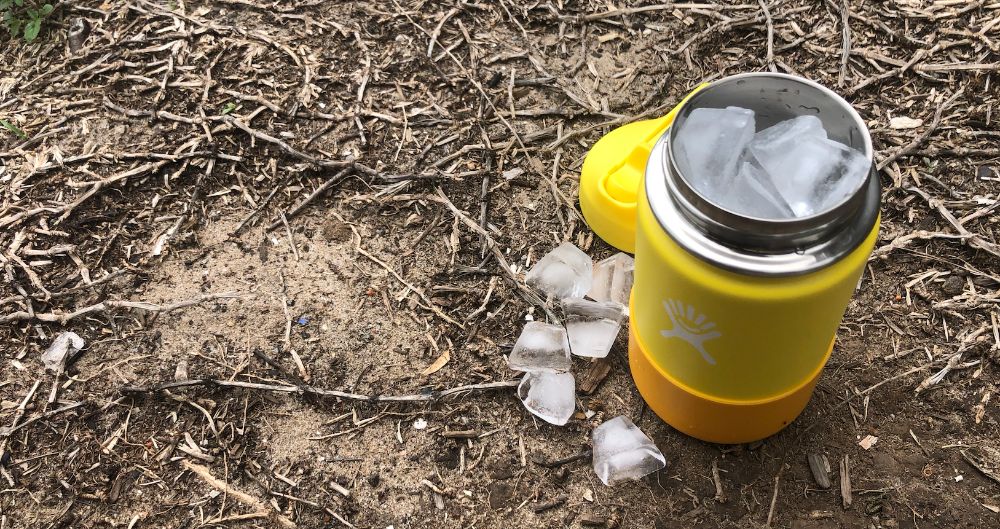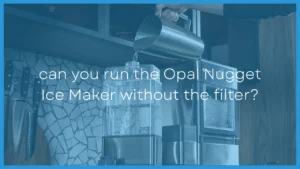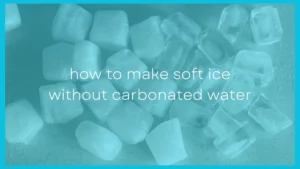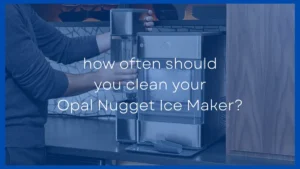With so many different cooler and insulation options out there it can be difficult to know what to choose and what actually works the best to keep ice the longest.
What is the best insulation to keep ice from melting? Why does this insulation work so well and how can you use it to keep ice for days or even weeks at a time?
Running a business all about coolers, insulated drink bottles and outdoor gear I've learned A LOT about what insulation works best and why it works best. Here's the facts:
The best insulation to keep ice from melting is: a vacuum. A vacuum is 2-12x more effective than polyurethane foam or styrofoam used in coolers. This is why insulated water bottles/tumblers work use a vacuum to keep drinks cold so well.
1. A Vacuum
Used in Thermoses, Hydro Flasks, Yeti Tumblers and Other Vacuum Insulated Drinkware

R value: 14-66
When it comes to the best possible insulation for keeping ice frozen for the longest period of time nothing beats vacuum insulation.
Vacuum insulation is where you have an inner and outer wall of something strong, usually stainless steel, and in the cavity in the middle they suck out all the air to create a vacuum.
Most heat needs particles to move through and the closer those particles are to each other the better heat can travel. This is why heat travels better through water than through air.
Because a vacuum has little to no particles in it heat really struggles to move through it.
A small 32 oz Hydro Flask with vacuum insulation can hold ice for 3+ days. I tested it myself.
Compare that to a cheap 5-Quart (160 oz) cooler using styrofoam insulation and it only held ice approximately 24 hours.
Vacuum insulation is so effective that Yeti, who are known for making some of the best coolers, have recently released a cooler that uses a combination of polyurethane foam and vacuum insulation to make one of the best insulating coolers out there.
2. Silica Aerogel
Used in the Mars Rover
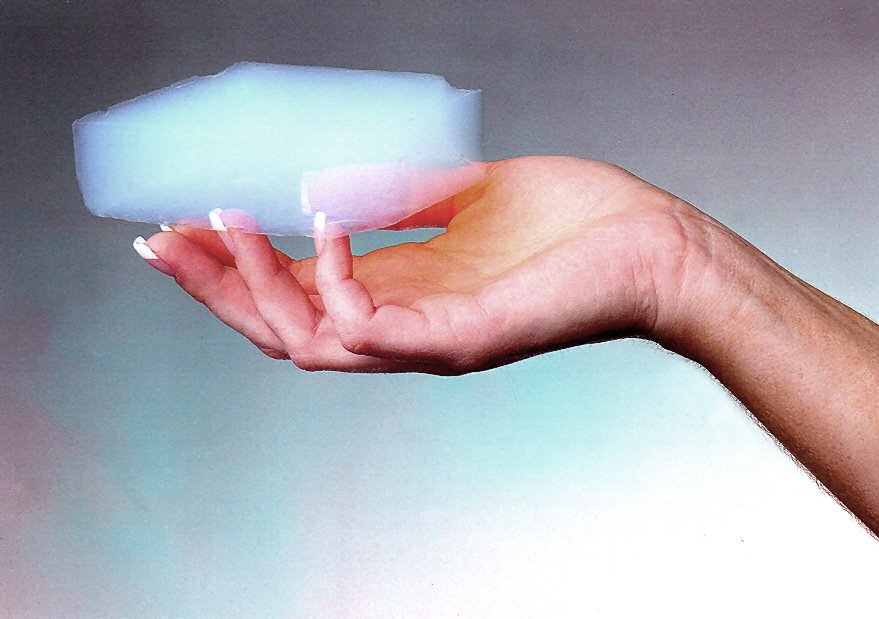
R Vale: 10.3
The second best form of insulation that would stop ice from melting would be silica aerogel. It's ultra light and ultra insulating.
However, this is a very delicate substance and expensive to produce so it's not very commonly used. I've never seen it in a cooler before and I don't know if we ever will.
It's been used on space missions and was used to protect the mars rover. But you're unlikely to use it to keep your beer cold or stop your ice from melting while you're camping or having you backyard bbq.
3. Polyurethane Foam
Used in expensive roto-molded coolers like Yeti, RTIC, Orca etc

Rigid Panels R Value: 6.8
Polyurethane foam R Value: 5.5-6.5
Yeti reinvented the cooler market back in 2008/09 when they released their roto-molded cooler with super thick polyurethane insulation.
The outer shell of the cooler is roto-molded and then they inject polyurethane foam into the walls and lid of the cooler. More on what Yeti coolers are made from.
This insulation is more effective that styrofoam/polystyrene used in cheaper coolers and is also rigid adding strength to the cooler. However, it is heavy so it makes the coolers quite heavy.
Over the last decade coolers with polyurethane foam have gotten so good they can now hold ice for as long as 10-14+ days, even in summertime. See the best coolers for ice retention and find out which ones hold ice the longest.
This is crazy to think about when you're only used to coolers holding ice for 1 day, maybe 2.
4. Polystyrene Foam (Styrofoam)
Used in cheaper coolers and insulated boxes
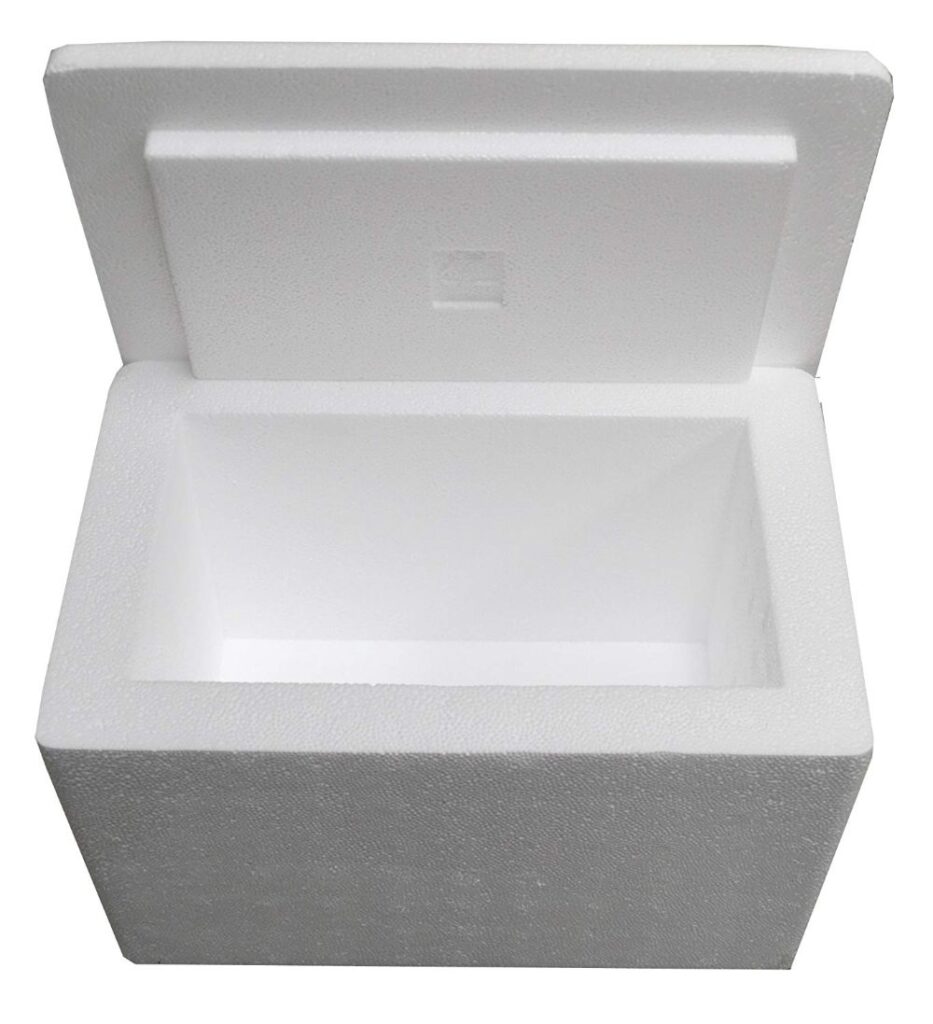
Extruded Polystyrene R-Value: 5-5.4
Expanded Polystyrene R-Value: 4.2
Most cheapest coolers as well as packing foam is made from what's called “expanded polystyrene”.
This is the little balls of extruded polystyrene that are stuck together to form the walls of the cooler or cut to the entire cooler shape.
This type of insulation is also used in food containers like noodle cups but there are some concerns styrofoam may cause cancer.
While the performance of the polystyrene is pretty close to that of polyurethane used in more expensive coolers cheaper coolers don't stop ice from melting nearly as long.
Ice in cheaper styrofoam coolers usually only lasts 1-2 days maximum. Sometimes up to 3 days but rarely any longer than that.
This is because cheaper coolers use thinner insulation. The thicker the insulation the better it is at stopping heat transfer and keeping ice cold.
It's also because the lids of most cheap coolers have no insulation in them, only air. So lots of heat gets in this way.
They also lack features like freezer grade gaskets which help to keep out the warm air.
5. Cardboard
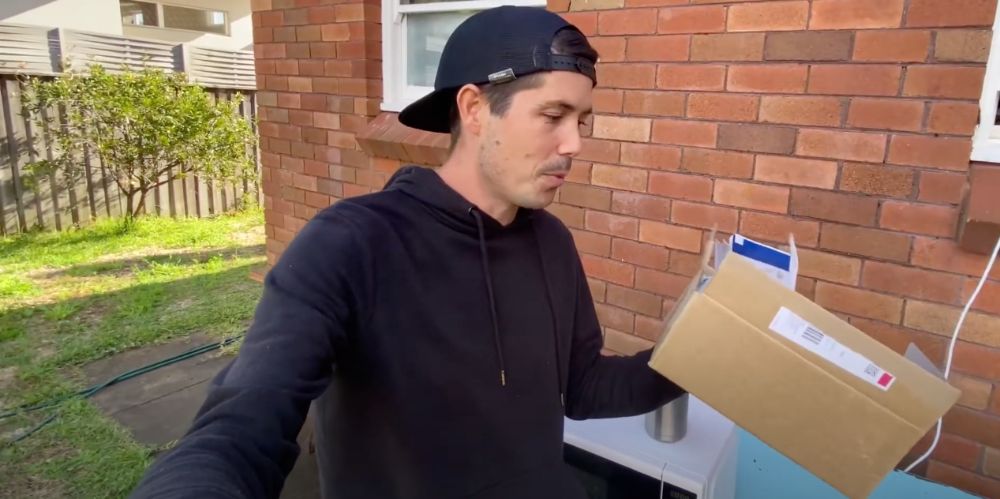
R Value: 3-4
While it's rarely used to keep ice frozen for the obvious reason that it's not waterproof, cardboard is actually quite a good insulator.
It's also pretty rare to find cardboard thick enough to act as a cooler, but if you could and had a way of protecting it from getting wet then it would stop your ice from melting for a decent amount of time.
6. Wood

R Value: 2.5
Wood is another surprisingly decent insulator but you'll rarely find a cooler made out of wood.
It's too heavy to be practical and it can absorb water and become water logged which can ruin the timber.
You wouldn't want to use treated pine for a cooler either as there could be toxicity issues. But if you're in a pinch it's good to know that you could create a makeshift cooler out of wood and it would work to insulate your ice and stop it from melting for a little while.
For more information on other insulators check out my article on 10 common materials that keep things cold.
Best Insulation At Reflecting Heat Radiation (Which Also Keeps Ice From Melting)
Above we looked at the best insulation to keep ice from melting. While the materials listed above are the best insulations to keep ice from melting they only insulate against two types of heat transfer:
Convection – Heat moving through a fluid or gas (like hot water moving through a cold bath)
Conduction – Heat moving through a substance without the movement of material (like heat moving through a piece of metal)
However, the above materials aren't great at reducing the third type of heat transfer
Thermal radiation – Electromagnetic radiation that can travel through substances and through a vacuum (like how heat from the sun travels through the vacuum of space to earth).
According to science direct unlike conduction and convection thermal radiation doesn't need a medium for heat to travel through.
Different types of materials can absorb this heat radiation (think of wearing black clothes in the sun) while other materials reflect it.
A materials ability to reflect (and not absorb) this thermal radiation is called it's “emissivity”.
Using a lining of one of these reflective materials combined with one of the insulating materials up above can keep ice from melting longer than if you just used one material on it's own.
Check out the table of emissivity values for common materials to find out which materials reflect heat the best. But below is a short list.
Silver – 97-98%
While silver is great at reflecting thermal radiation it isn't widely used in items that keep ice frozen because it would just be too expensive to use.
Copper – 96-98%
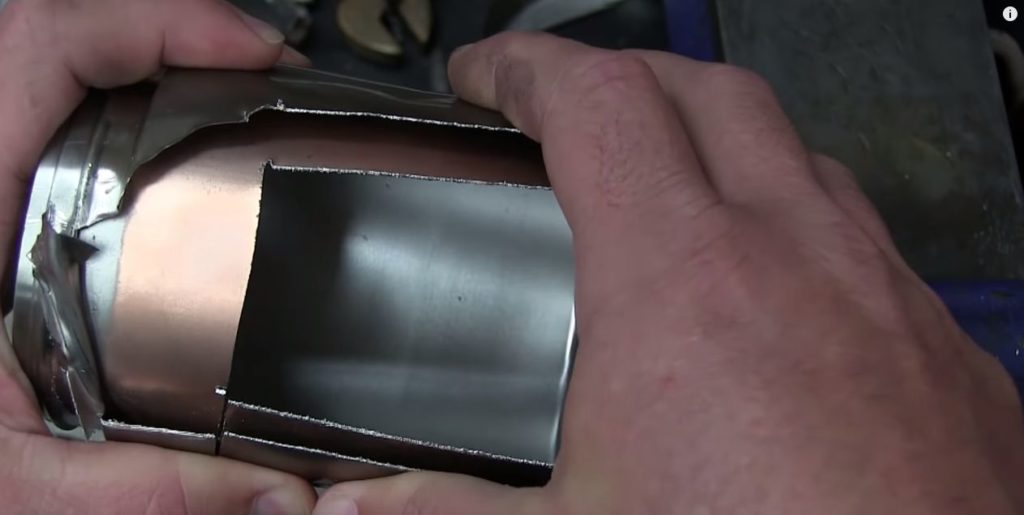
Copper is sometimes used to line the insides of insulated tumblers and bottles in order to reflect thermal radiation.
This keeps drinks colder for longer or keeps hot drinks warmer for longer.
Check out this triple insulated water bottle which uses copper to improve its performance.
Aluminum – 96-97%

Aluminum is one of the cheapest materials that reflects thermal radiation really well.
You can see it above used in the insulation in my van to help reflect the sun's thermal radiation.
You can also line a cooler with aluminum to keep things cold for longer and aluminum is also a great way to keep food hot on the go.
Other Reflective Materials
- Tin – 96%
- Brass – 96%
- Nickel – 95-97%

